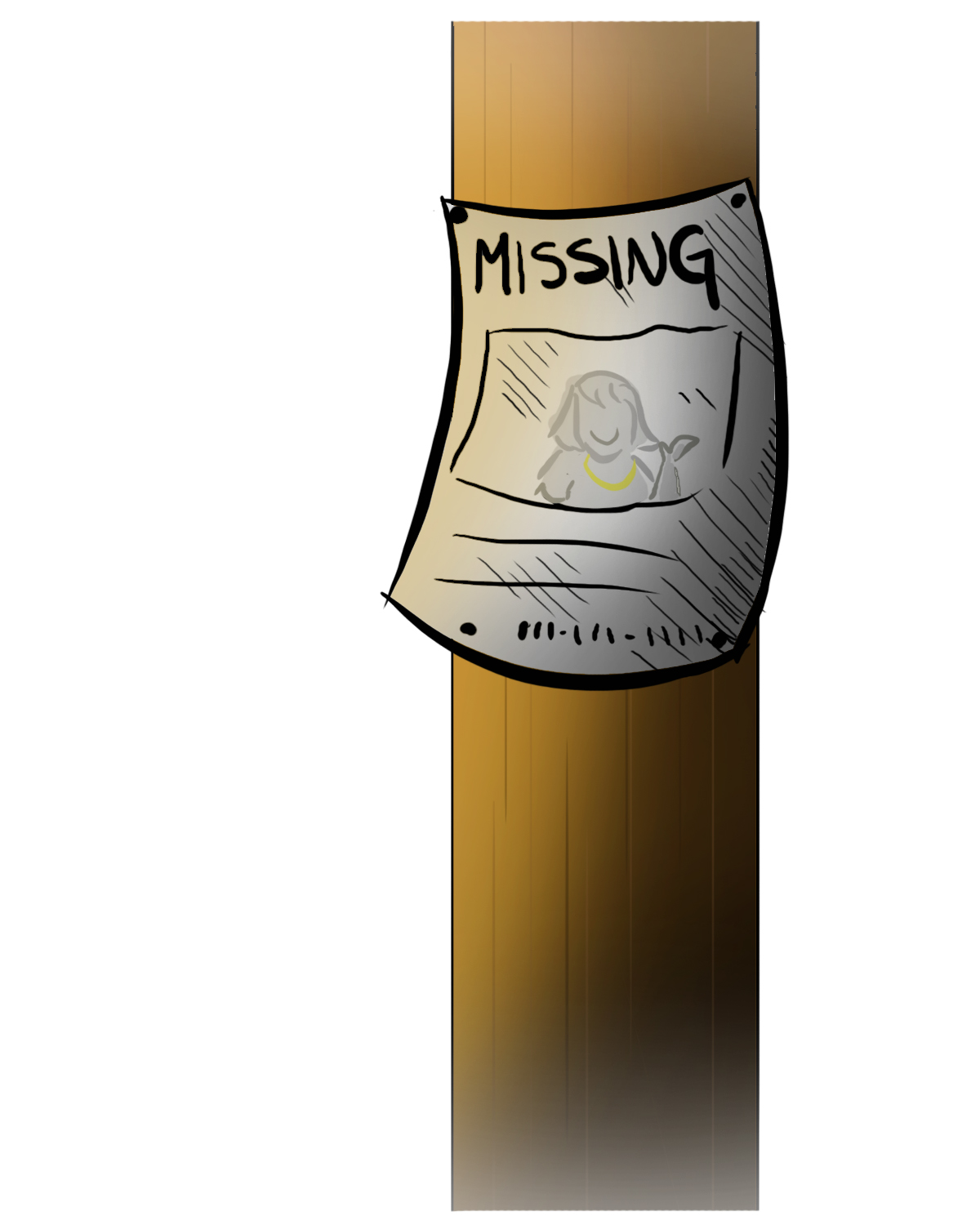
Unequal coverage of Wyoming’s missing Indigenous
By Shivani Jeet, Contributor
In the same area Gabby Petito was reported missing, and later found deceased, 710 Indigenous peoples—over half of them being women—have gone missing since 2011.
According to reporting by CNN, Gabby Petito was reported missing on September 11 by her family; this occurred 10 days after her boyfriend, Brian Laundrie had returned home. Given the disappearance of their daughter, Petito’s family wanted answers as to where their daughter was.
On September 19, a body was found in Teton County, Wyoming; two days later, news agencies including CTV confirmed that the remains belonged to Petito. Laundrie is the prime suspect in the murder of Petito, however, not too long after he returned from their trip, he went into hiding, forcing an FBI search, as reported by NBC News.
While many in the community heard the news and reacted to addressing gender-based violence and abusive relationships, it was a different perspective for Indigenous women and girls whose voices are not often met in mainstream media.
In the same area Gabby Petito was reported missing, and later found deceased, 710 Indigenous peoples—over half of them being women—have gone missing since 2011. This information was released in a January report by the Wyoming Missing and Murdered Indigenous People Task Force. The same report determined that only 30 percent of Indigenous victims make the mainstream headlines while 51 percent of white female victims achieved headline coverage. This has led critics to charge that the level of attention given to Gabby Petito and white women in general, has never been equally applied to missing POC or Indigenous women and girls. The late PBS anchor Gwen Ifill coined the term “Missing White Woman Syndrome” to describe the media focus on missing white women at the expense of marginalized and vulnerable women, particularly Black, Indigenous and trans women.

